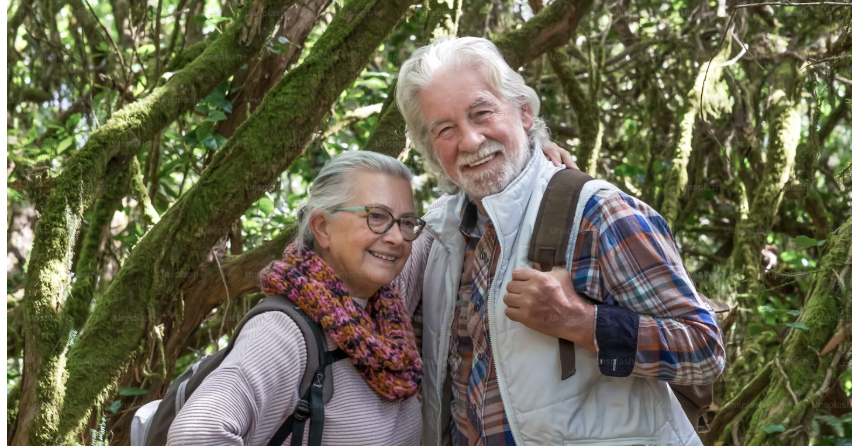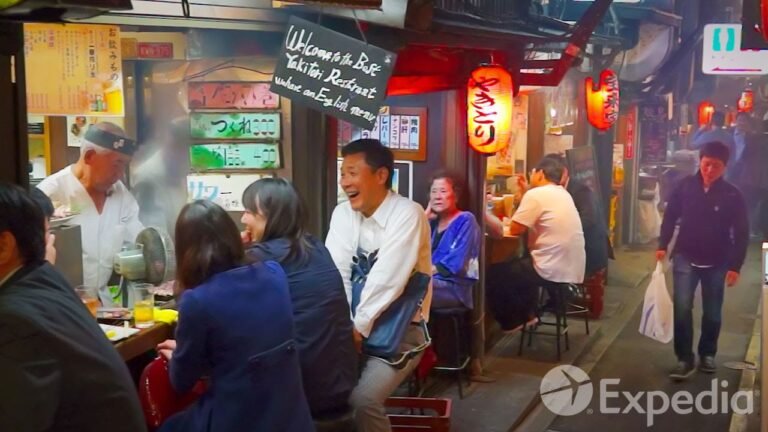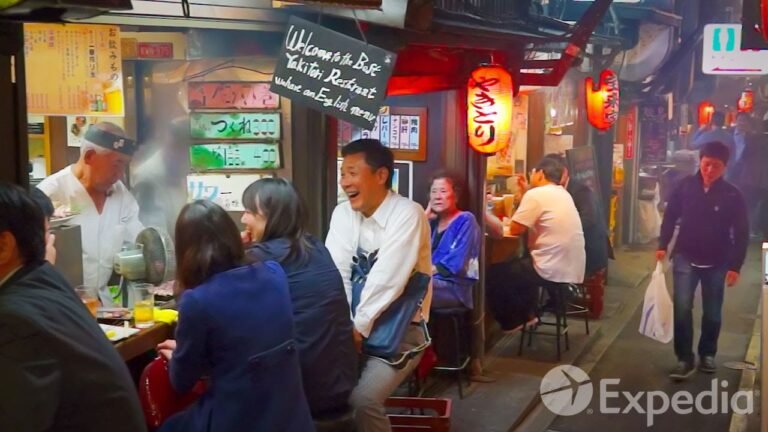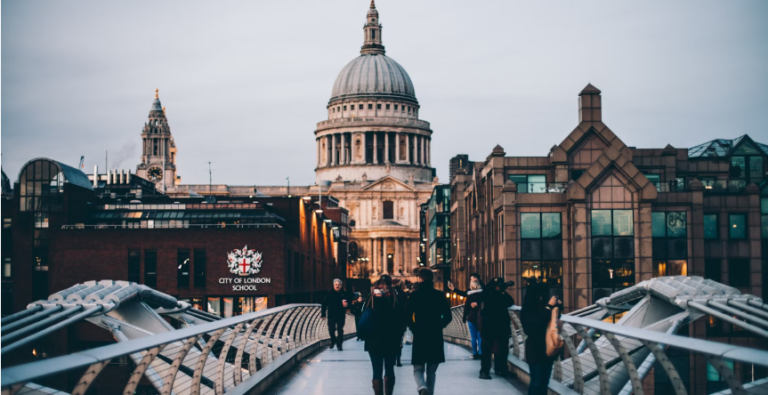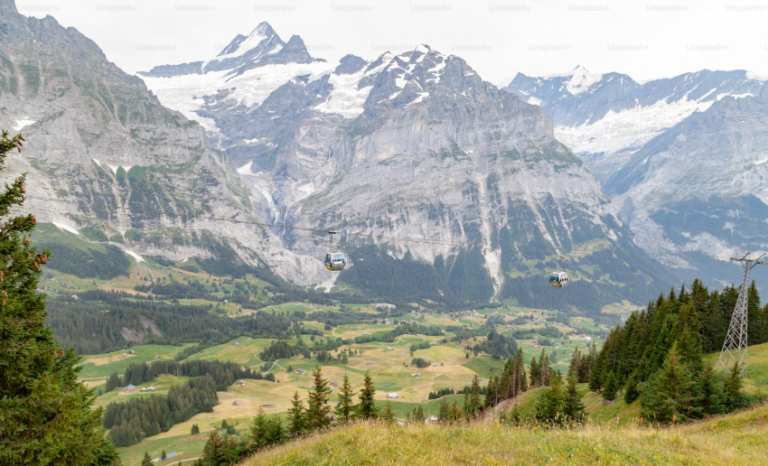What is Cultural Longevity – Secrets to Living a Full Life
Do you want to discover the remarkable practices of the world’s longest-living communities? If so, you are in the right place. Many of us have seen and heard about people around the globe living to 100. This begs the question: What is cultural longevity? Let’s dive in and find out. 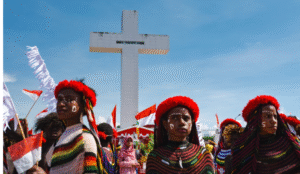
What is Cultural Longevity?
Across the globe, specific communities defy typical aging patterns. Many of these residents are living into their 100s while maintaining energy, vitality, and strong social connections. These exceptional populations, known as “Blue Zones,” have significantly higher rates of centenarians than the global average. Let’s try to get to the bottom of this daunting question: What is cultural longevity?
While genetics certainly contributes to longevity, research consistently shows that lifestyle factors like diet, physical activity, and mindset play crucial roles in determining how well and how long we live.
Let’s explore 15 cultures with extraordinary longevity records and uncover their time-tested practices that promote longer, healthier lives.
The Blue Zones: Global Hotspots of Longevity
Sardinia, Italy
Sardinia’s mountainous Nuoro region boasts an impressive number of male centenarians. Their longevity stems primarily from a Mediterranean diet rich in whole grains, fresh vegetables, and moderate wine consumption, often complemented by local sheep’s milk cheese. Sardinians maintain physically active lifestyles well into their later years, working in fields and walking frequently through their hilly terrain.
Strong family bonds and community integration also contribute significantly to their long lives. Older adults remain respected and valued community members, providing emotional support and a sense of purpose that enhances their well-being. Interestingly, research published in Medical Xpress suggests that the shorter stature common among Sardinian men correlates with increased longevity, supporting previous studies linking height to lifespan. 
Okinawa, Japan
Okinawa hosts one of the world’s highest concentrations of centenarians, particularly among women. The concept of “ikigai” or life purpose is central to Okinawan culture, keeping residents mentally engaged and emotionally fulfilled throughout their lives. Their traditional diet features abundant vegetables, tofu, sweet potatoes, and seafood, while practicing “hara hachi bu”—eating until they’re 80% full—helps maintain a healthy weight.
The Okinawa Research Center for Longevity Science has studied this population since 1975, documenting how their plant-based diet, mindful eating habits, and strong social connections contribute to extraordinary longevity. Daily physical activity, including traditional dance and gardening, further supports their overall health and vitality.
Ikaria, Greece
This Greek island in the Aegean Sea has earned fame for its remarkable number of residents living healthily into their 90s and beyond. Ikarians follow a classic Mediterranean diet centered around vegetables, legumes, whole grains, and olive oil while limiting their consumption of processed foods and meat. This eating pattern promotes heart health and reduces inflammation. 
Beyond diet, Ikarians embrace a relaxed pace of life that includes regular afternoon naps, which reduce stress and support cardiovascular health. Their strong community ties and active social lives provide mental stimulation and emotional support. According to longevity expert Dr. Rachel Dew, this combination of healthful eating, stress management through regular napping, and meaningful social connections significantly contributes to Ikarians’ exceptional longevity.
Nicoya Peninsula, Costa Rica
Costa Rica’s Nicoya Peninsula residents regularly live into their 90s and beyond. Their traditional diet centers on Mesoamerican agriculture’s “three sisters”—beans, corn, and squash—providing complete protein and essential nutrients. Many Nicoyans also drink “agua de sapo,” a traditional beverage made with lemon and honey believed to have anti-inflammatory properties.
Nicoyans maintain purpose-driven lives, with older adults actively contributing to their communities through work and mentorship. Their positive outlook, strong family relationships, and daily physical activity through walking and household tasks promote longevity. According to Blue Zones research, Nicoya is recognized for exceptional longevity. However, recent studies suggest this advantage may be diminishing in younger generations.
Loma Linda, California, USA
This Southern California community stands out as America’s longevity hotspot, mainly due to its significant Seventh-day Adventist population. Adventists typically follow plant-based diets rich in fruits, vegetables, nuts, and legumes, with many maintaining vegetarian or vegan lifestyles. Their religious practice includes observing the Sabbath—taking one full day weekly for rest, reflection, and community gathering—significantly reducing stress. 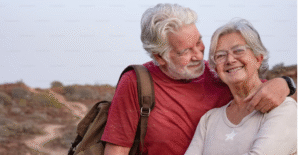
Regular physical activity, often through daily walks and community events, supports their cardiovascular health. Their strong faith provides meaning and purpose, while their tight-knit community offers emotional support during challenging times. This holistic approach to health—addressing physical, mental, and spiritual well-being—creates a robust foundation for extended longevity.
Other Long-Living Cultures
The Abkhazia Region, Georgia
In Georgia’s Caucasus Mountains, Abkhazian people frequently live beyond 100 years. Their traditional diet consists primarily of plant foods, including fruits, vegetables, and locally sourced dairy products, particularly fermented milk rich in beneficial probiotics. Moderate consumption of locally produced wine accompanies their meals.
Abkhazians maintain physically active lifestyles, with many continuing to work on farms well into their 80s and 90s. Their strong family values and tight-knit community connections provide emotional security and reduce isolation. This combination of a nutritious diet, regular physical activity, and meaningful social bonds creates an environment where longevity thrives.
The Aymara People, Bolivia
The indigenous Aymara people of Bolivia’s Andes mountains demonstrate exceptional longevity despite living at challenging high altitudes. Their nutrient-dense diet includes quinoa, potatoes, corn, and beans—all foods rich in fiber and essential nutrients. Herbal teas made from local plants support their digestive and overall health. 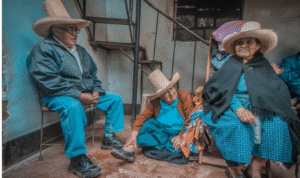
Physical activity is woven into Aymara daily life through agricultural work and walking long distances across mountainous terrain. Their spiritual connection to the land (Pachamama) provides purpose and meaning. At the same time, their communal lifestyle ensures consistent social support throughout the aging process.
Bama, China
The small village of Bama in China’s Guangxi province has gained recognition for its unusually high number of centenarians. Bama residents follow a simple diet centered around rice, fresh vegetables, and medicinal herbs, with moderate amounts of fish and lean meats. They practice mindful eating, focusing on balanced nutrition and appropriate portion sizes.
Community engagement and strong family ties provide essential emotional support as residents age. Bama people prioritize rest and maintain a slow-paced lifestyle, often taking midday naps and embracing a peaceful existence away from urban stressors. The region’s clean air, pure water, and minimal environmental pollution contribute to residents’ remarkable health spans.
The Hadza People, Tanzania
As one of the world’s last remaining hunter-gatherer societies, Tanzania’s Hadza people maintain extraordinary health into advanced age. Their diet consists entirely of wild foods—tubers, berries, honey, and lean game meat—providing optimal nutrition without processed ingredients or added sugars. Physical activity forms the cornerstone of their daily existence as they move constantly throughout their territory, hunting and gathering. 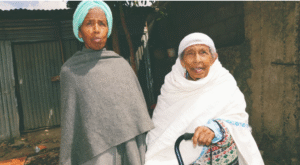
Strong social bonds characterize Hadza culture, with intergenerational support and knowledge-sharing strengthening community resilience. Their lifestyle, largely free from modern stressors and sedentary habits, allows them to maintain robust health.
The Hunza People, Pakistan
Residing in northern Pakistan’s mountainous regions, the Hunza people have exceptional longevity. Their primarily plant-based diet features abundant apricots (both fresh and dried), vegetables, and whole grains. The Hunzas maintain highly active lifestyles through daily hill climbing and hiking, naturally building cardiovascular endurance and muscle strength.
Their deep connection to nature and strong community ties foster psychological well-being. At the same time, their cultural emphasis on gratitude and family bonds reduces chronic stress. This harmonious balance between physical activity, nutritious eating, and emotional wellness creates ideal conditions for healthy aging.
The Kurds, Turkey
Kurdish communities in Turkey’s mountainous regions demonstrate impressive longevity through their traditional lifestyle. Their Mediterranean-influenced diet emphasizes vegetables, whole grains, fruits, legumes, olive oil, and yogurt, providing essential nutrients and beneficial probiotics that support gut health. Daily physical activity through farming, herding, and walking maintains their fitness throughout life.
Family connections and community support form the foundation of Kurdish social structure, creating strong bonds that combat isolation as people age. Their enduring connection to cultural heritage and ancestral lands provides a powerful sense of identity and purpose that contributes significantly to their long, healthy lives. 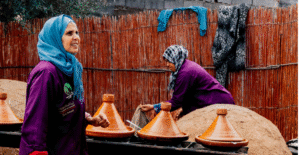
The Maori People, New Zealand
New Zealand’s Maori people maintain cultural practices that support longevity despite modern challenges. Their traditional diet centers around seafood rich in omega-3 fatty acids, complemented by root vegetables and leafy greens that provide essential micronutrients. Physical activity is central to Maori culture through sports, traditional dances like the haka, and outdoor activities promoting cardiovascular health.
The Maori maintain deep spiritual connections to the land (whenua), which fosters purpose and community cohesion. Their profound respect for elders (kaumātua) ensures older adults remain valued community members. At the same time, strong social networks provide crucial support throughout the aging process.
The Sherpa People, Nepal
Nepal’s Sherpa people, renowned for their extraordinary high-altitude endurance, demonstrate impressive longevity despite living in extreme conditions. Their traditional diet features whole grains, vegetables, and yak butter, providing sustained energy for their physically demanding lifestyle. Daily hiking and trekking through the Himalayan mountains naturally builds exceptional cardiovascular fitness and muscle strength.
Beyond physical factors, Sherpas maintain close-knit communities and embrace spiritual practices that reduce stress and provide meaning. Their regular exposure to nature and simple lifestyle, largely free from modern conveniences, keeps them physically and mentally resilient. 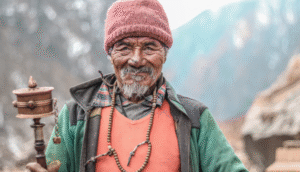
The Tsimane People, Bolivia
Bolivia’s Tsimane people, living in the Amazon rainforest, display some of the world’s lowest rates of heart disease, with many living well beyond 100 years. Their diet consists primarily of complex carbohydrates from plantains, rice, corn, nuts, and fruits, supplemented with lean protein from hunting and fishing. They consume minimal processed foods, salt, or added sugars.
Subsistence farming, hunting, and gathering require constant physical activity, keeping Tsimane people naturally fit throughout life. Their strong community bonds and simple lifestyle, free from many modern stressors, create ideal conditions for healthy aging.
Vilcabamba, Ecuador
Often called the “Valley of Longevity,” Ecuador’s Vilcabamba region has drawn attention for its concentration of centenarians. Residents follow a diet rich in fresh fruits, vegetables, beans, and locally grown herbs, while consuming minimal processed foods. Clean mountain water, mineral-rich soil, and high-altitude sunshine may contribute to the nutritional quality of their locally grown food.
Vilcabambans maintain active lifestyles through farming and regular walking in their mountainous terrain. Their strong social connections and relatively stress-free environment promote mental well-being. In contrast, their connection to nature provides purpose and satisfaction throughout life. 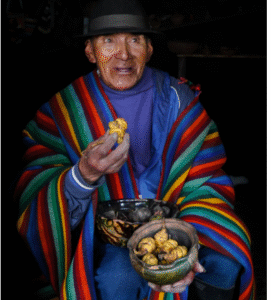
What We Learn From These Longevity Cultures?
Despite geographical and cultural differences, these long-living communities share several key practices:
- Plant-centered diets rich in vegetables, fruits, whole grains, and legumes
- Regular, moderate physical activity is integrated naturally into daily life
- Strong social connections that provide emotional support and purpose
- Stress management techniques like meditation, napping, or community rituals
- Connection to purpose through meaningful work, spirituality, or community contribution
By incorporating these evidence-based practices into our lives, we can potentially increase our lifespan and our “healthspan”—the period of life spent in good health.
FAQs
How do we achieve a Longevity Society?
Creating a long-lasting society requires both individual and collective action. At the individual level, adopting healthy lifestyle habits like those practiced in Blue Zones can significantly extend one’s health span. At the societal level, policies supporting healthy food access, walkable communities, work-life balance, and strong social services for older adults can create environments where healthy aging becomes the norm rather than the exception.
Why should we care about longevity?
Longevity isn’t just about living longer—it’s about living better. An extended healthspan means more years of independence, meaningful activity, and connection with loved ones. From a societal perspective, healthy aging reduces healthcare costs while allowing older adults to continue contributing their wisdom and experience to their communities. 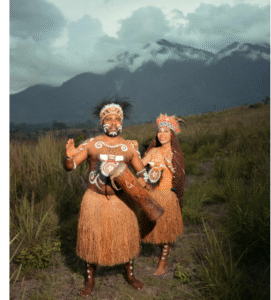
What is a Longevity Society?
A longevity society is one where people routinely live long, healthy lives beyond average lifespans. Such societies typically feature environments and policies that support healthy aging, strong intergenerational connections, and systems that value and integrate older adults rather than isolating them.
Is the demographic transition turning into a Longevity Society?
Yes, many developed nations are experiencing a demographic transition toward aging populations. This shift presents both challenges and opportunities. While healthcare and social support systems must adapt to serve more older adults, societies also benefit from increased wisdom, experience, and intergenerational connection that longer-lived populations provide.
Is aging and longevity a good thing?
Aging itself is natural and inevitable, but how we age is essentially within our control. Healthy longevity—living longer with maintained physical function, cognitive ability, and quality of life—represents a positive outcome worth pursuing. The cultures highlighted in this article demonstrate that aging doesn’t necessarily mean decline; with proper lifestyle and community support, later years can remain vibrant and fulfilling.
Why do people want to live longer?
People generally seek longevity to continue experiencing meaningful relationships, pursuing passions, contributing to their communities, and witnessing future developments. The desire for extended life typically assumes maintained health and functionality, not merely prolonged existence. The longevity cultures profiled here demonstrate that additional years can be healthy, purposeful, and joyful when supported by appropriate lifestyle practices and community structures. 
By studying and adapting practices from the world’s longest-living cultures, we can transform our approach to aging and potentially add healthy, fulfilling years to our lives. The blueprint exists—we need only follow it.
Here’s a link to get you started on your longevity journey. Aare you ready to take the plunge?
An introduction to the Bluezone Blueprint: https://amzn.to/3SBUDro
Learn the Art of Raised Bed Gardening: https://amzn.to/4kqMimC
References
The Blues Zones and Successful Aging – Senior Star. https://www.seniorstar.com/blog/the-blues-zones-and-successful-aging
The Travel Blog Team
rovingwithrachele.com

